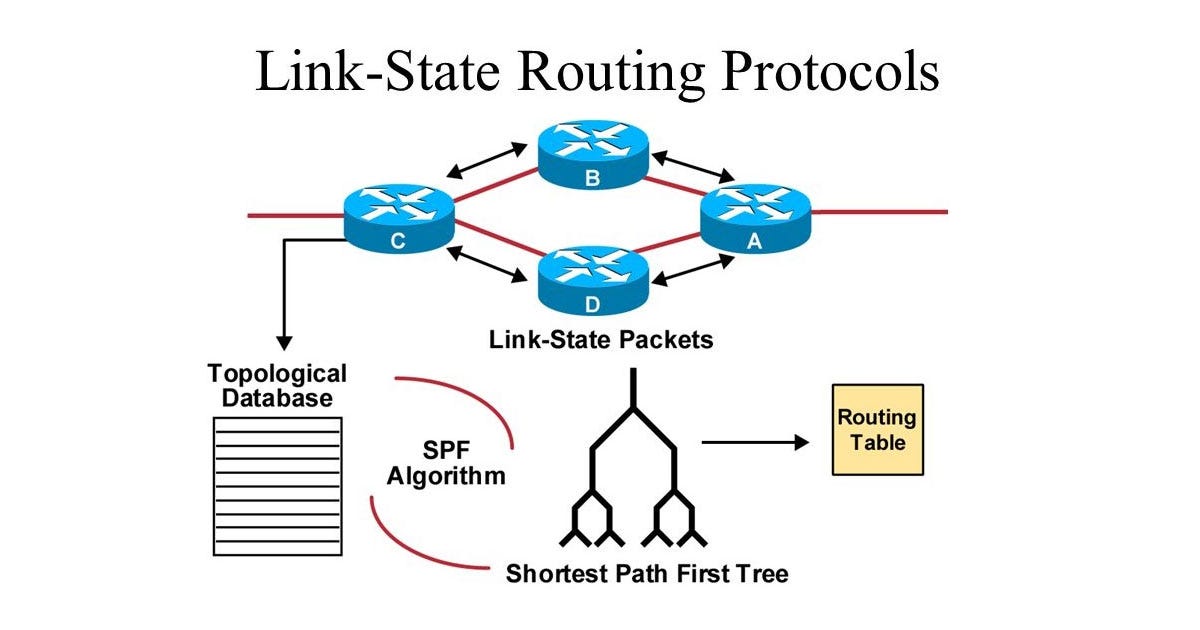Why Does Distance Vector Routing Scale Better Than Link-State. Bandwidth required is more due to flooding and sending of large link state packets. Introduction to routing routing decides the best path for the transmission of packets between different networks.

Web 1 answer sorted by: Hence they know more about the whole network than any distance vector protocol. However, link state routing protocols overcome many of the shortcomings of.
Web The Distance Vector Routing Is Simple To Implement And Manage.
On the other hand, link state requires a more comprehensive understanding of the network topology, making it more complex to configure. In contrast, the link state routing is complex and requires trained network administrator. Distance vector and link state.
Cost Is The Metric Used To Calculate Routes.
In this approach, each router keeps up a table containing data almost remove to reach other switches and the related fetched or metric. Using the link state database each router will calculate the best path to the destination. The convergence time in distance vector routing is slow, and it usually suffers from count to infinity problem.
Both Are Highly Functional, And Scalable, And Have Been Extensively Deployed Worldwide.
Eigrp and ospf are often considered flagship protocols of each type. Bandwidth required is more due to flooding and sending of large link state packets. Hence they know more about the whole network than any distance vector protocol.
Web Comparison Of Distance Vector Vs Link State Protocols.
The full routing table is not sent, which saves on bandwidth. Bandwidth required is less due to local sharing, small packets and no flooding. Both types have their own unique features that can be used to optimize network performance.
Because Distance Vector Routers Only Need To Be Aware Of Their Immediate Neighbors, The Setup Is Less Complex.
Web distance vector routing is the routing protocol that selects the path based on parameter distance. Link state routing protocol is the protocol that chooses the best path based on the cost of the path. Web link state routing protocols are more efficient at handling large networks, while distance vector protocols are better suited for smaller networks.